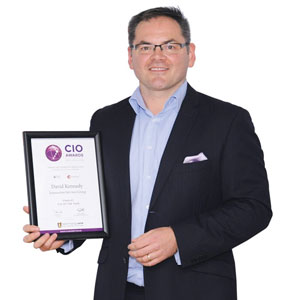THANK YOU FOR SUBSCRIBING
Editor's Pick (1 - 4 of 8)

Billy Chan, Country Manager, Hong Kong & Macau, Pure Storage
A new architecture means one that can share and deliver data anywhere, anytime – a data hub that can be the way forward for modern business













